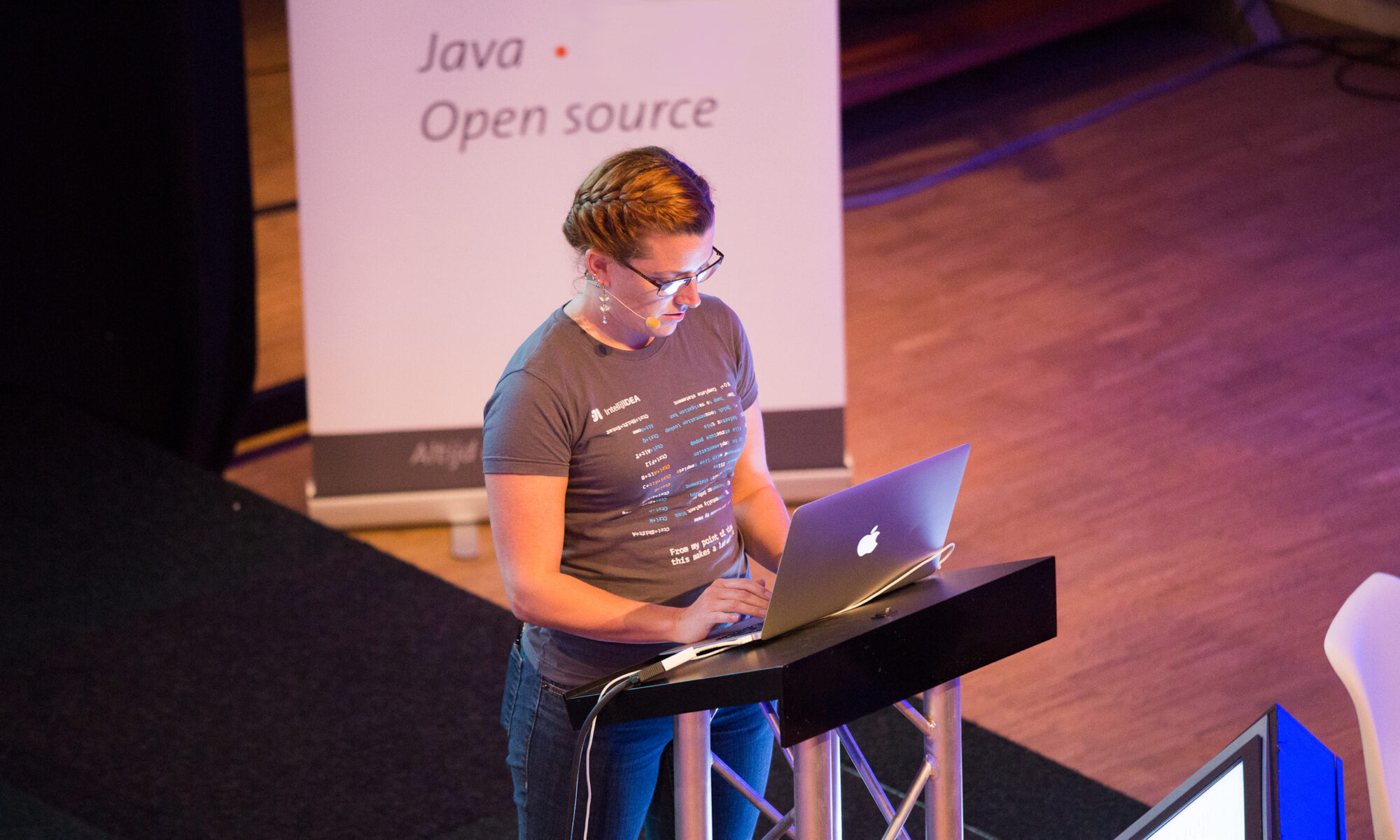If you see anything about LMAX - the Disruptor, Continuous Delivery, or even the selection criteria for hiring developers, you'll see that LMAX is pretty keen on Agile. However, no-one's documented the Agile process there, as far as I know. Although I personally had it on my todo list, I never had the motivation, the hook to do it. And I realised eventually that's because I'm not sure it's a process that would work very well for another team, in another company, working in another business.
The agile process followed at LMAX is one that works for the individuals and the organisation there. And that's because they do one thing very well - they regularly examine the issues faced and adapt the process to try and combat them. It's an agile process that's, well, very agile - it's constantly changing. Documenting it would only represent a single snapshot in time that would be out of date almost as soon as the next retrospective comes along.
Any process can inspire Cargo Cultism, and the last thing I want to do is give people a process to without the tools to know whether it's the right thing for them or not. It's more important to understand your goals, check progress and improve.
I was talking this through with a colleague, Israel, and he rightly pointed out the tool that LMAX can share with everyone else - thinking. Examining the problems, visualising them, and trying out different ways to fix them.
So at Devoxx Israel and I presented a session on "Agile++", using LMAX as a use case of when agile methods work. The session examines four specific issues encountered at LMAX and the steps taken to solve them, and it's available on Parleys. Enjoy.

